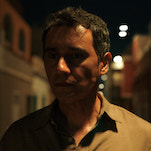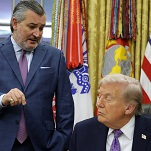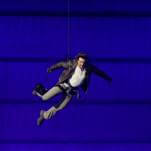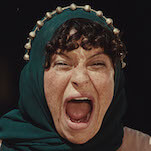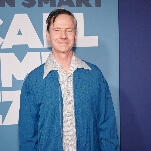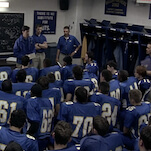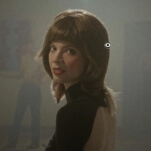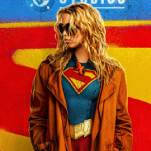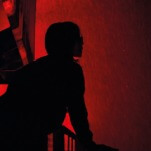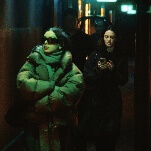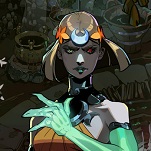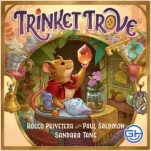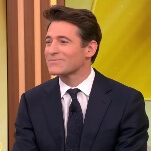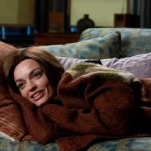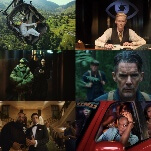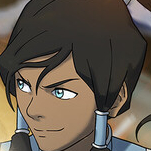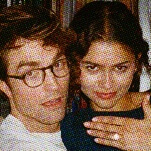The title cards of Winsor McCay's animated short films introduced him as "the inventor of animated drawing." Strictly speaking, that's not true, since others made drawings move even before McCay combined 4,000 images to make his first short in 1911. Similarly, others made comic strips before McCay launched Little Nemo In Slumberland, but in both cases, he saw potential in the form that no one before him had imagined. For his animated debut, McCay might simply have put his Nemo characters up on the screen, but he goes farther—they move with the believability of captured reality, then stretch and bend as if in a funhouse mirror. In a few minutes, McCay captures animation's ability to mirror life and its ability to twist it into fantasy.
Just 10 of McCay's shorts have survived, some of them only in fragments, but their influence can't be overstated. It's almost too perfect that virtually every emotionally affecting cartoon animal can trace its roots back to a prehistoric creature. But the sequence in which Gertie, the emotionally fragile star of "Gertie The Dinosaur" and its sequel ("Gertie On Tour"), starts sobbing at her creators' reprimand, then brightens up to play, anticipates everyone from Bugs Bunny to Dumbo. An angry, propaganda-minded McCay made "The Sinking Of The Lusitania," and watching a woman clutch a child to her breast as she disappears beneath the waves, it's hard not to want to take up the fight against "the Huns." And, like McCay's comics, the cartoons "How A Mosquito Operates," "Bug Vaudeville," "The Pet," and "The Flying House" (most of which adapt McCay's adult Nemo companion strip Dreams Of The Rarebit Fiend) set up surrealism years before the term became popular.
Winsor McCay: The Master Edition collects McCay's complete animated works alongside a documentary and lively, informed commentary by animator-historian John Canemaker. Still lovely, if admittedly not paced to contemporary tastes, McCay's work is remarkable. He recognized the potential of the form, how a few carefully chosen lines could accomplish effects that a human actor never could, and how animation could shake off the restrictions of time and physics. In "The Pet," for example, an adorable, unidentifiable animal keeps devouring its surroundings, growing to enormous size while never losing its innocent expression, and McCay follows the setup's dream logic to its horrific conclusion. His creature looks heartbreakingly cute as it bites and stomps, reshaping the world as it pleases.





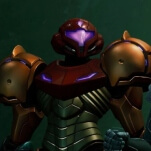
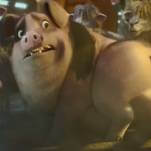
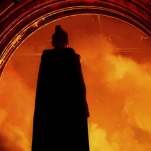
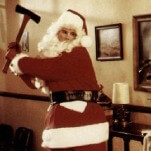
![HBO teases new Euphoria, Larry David, and much more in 2026 sizzle reel [Updated]](https://img.pastemagazine.com/wp-content/avuploads/2025/12/12100344/MixCollage-12-Dec-2025-09-56-AM-9137.jpg)


